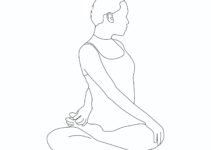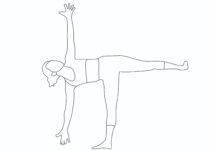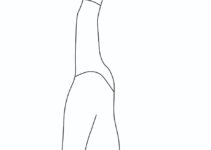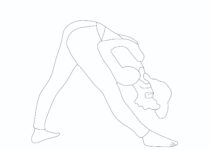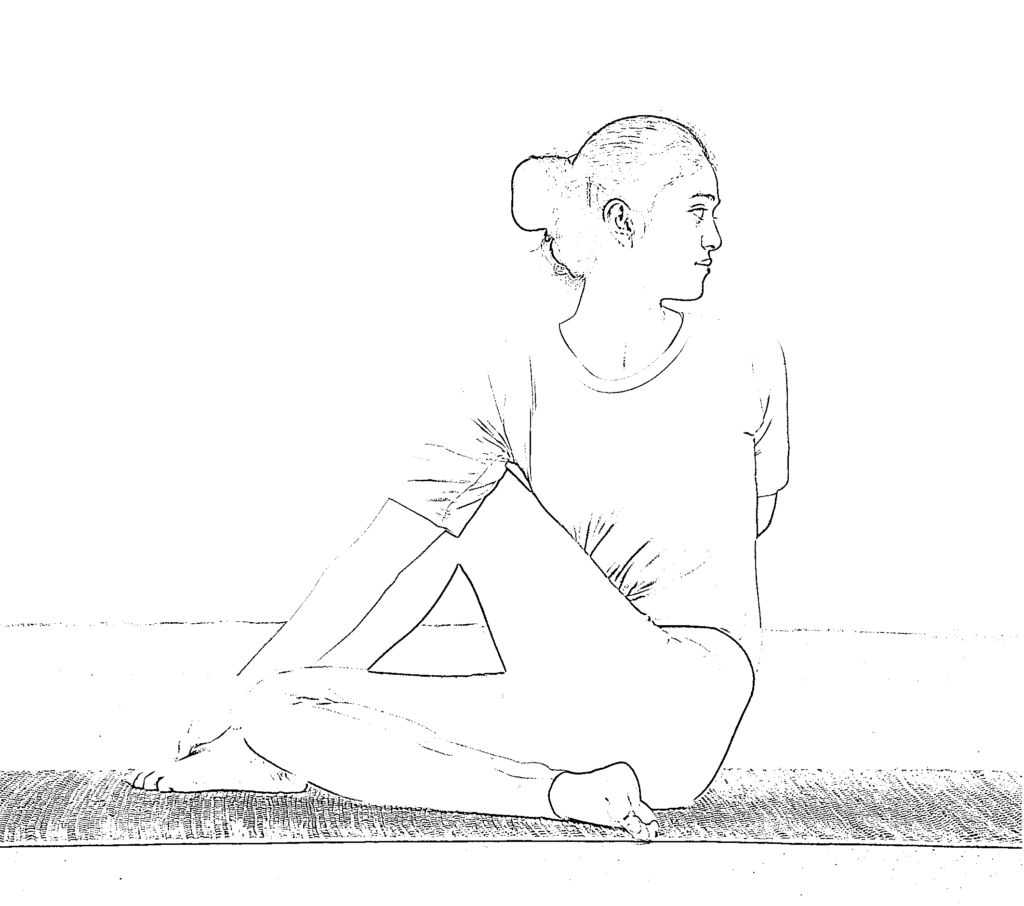
What is Matsyendrasana
The yoga pose Matsyendrasana is named after the great yogi Matsyendranath. Purna Matsyendrasana is the advanced version of Ardha Matsyendrasana. In English, it is called a ‘full spinal twist pose’. Most people can do Ardha matsyendrasana easily. However, to perform purna matsyendrasana, there is a need for sufficient practice and flexibility, thereby skipping injuries to the body. It is one of the excellent asanas for the health of the spine and back. However, precautions should be taken by the person who initially started practising this pose.
How to do full spinal twist pose step by step
- Sit on a flat surface.
- Now, stretch both legs in front of the body.
- Place the left foot on the right hip joint, as near the side of the waist as possible.
- Bend the right leg and raise the knee.
- Place the right foot on the left side of the left knee.
- Carefully twist the spine to the right-hand side.
- Try to place the left armpit against the right side of the raised right knee.
- Try to grasp the right ankle with the left hand.
- Place the right arm behind the back.
- This is the final pose.
- Twist the head to the right.
- Now inhale-exhale slowly
- Maintain the pose as long as you can.
- Now, slowly return to the final position.
- Do the same with the other side.
- This is the one round.
- Do two to three rounds.
Breathing mechanism
Try to exhale while twisting the body. One should breathe slowly while maintaining the pose in the final stage. Inhale while returning to the original position.
Preparatory pose
- Ardha matsyendrasana
- Vakrasana
- Stickasana
Counter pose
- Tadasana
- Dandasana
- Shavasana
Points to remember
The following points one has to remember while performing this asana.
- Avoid sitting on the heel; in fact, place the heel in contact with the side of the buttocks.
- There shouldn’t be moving in the back region to get the optimum result.
- Don’t put undue strain on your spine.
- Shoulders should be on the same level.
- In the final position, the back should be straight.
Precautions of full spinal twist pose
The following contradictions have to be taken care of while practising purna Matsyendranath. It shouldn’t be practised in
- Peptic ulcers
- Hernia
- Hyperthyroidism
- Spinal injury
- Abdominal injury
- Back pain
- Women should not practice after two or three months of pregnancy.
- It should be avoided during sciatica or slipped disc.
- It shouldn’t be practised in case of knee pain.
Benefits of Full Spinal Twist Pose
- The asana provides excellent alternate compression and extension of back and spine nerves and muscles, bringing them into the best possible health condition.
- The compression and twisting of the yoga pose ensure the squeeze out of sluggish and stagnated blood from the spinal region and circulate the same to the heart and lungs for purification.
- It prevents the tendency of adjoining vertebrae to fuse, which is more common among older adults.
- The pose is beneficial in treating backache, neck ache, and headache.
- It helps to reduce body stiffness and increases body flexibility.
- It helps to overcome the problems of round shoulders.
- This asana’s regular practice is good for treating mild sciatica and slipped disc cases.
- It provides excellent massage to the abdominal organs and has been found helpful in helping to treat ailments like diabetes, indigestion, rheumatism, and constipation.
- It gives adequate twisting and compressing in the abdominal area. The regular practice of the pose helps to reduce belly fat. The asana is also beneficial for the intestine.
- The asana benefits the adrenal glands, kidneys, spleen, and liver.
Anatomy of matsyendrasana
The muscles of various regions or organs are twisted and compressed and benefited from the practice of purna matsyendrasana.
- Spine
- Back
- Arms
- Shoulders
- Abdomen


